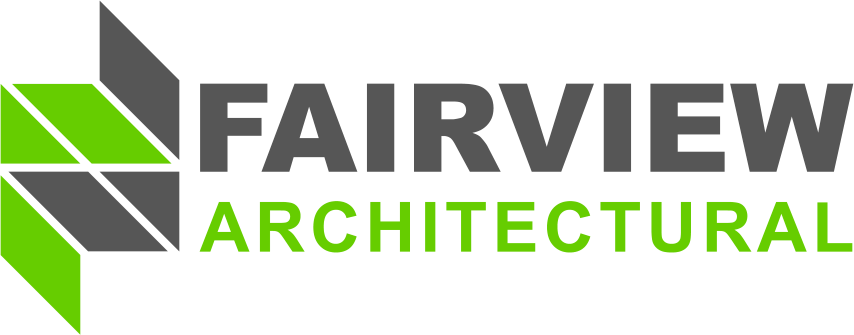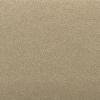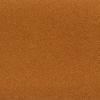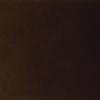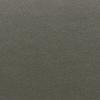It can sometimes feel as though we are programmed to think that bigger is better and the more features you have the better a product is. But is that also the case for paint coating systems? We strip back the layers on this topic below to reveal what the differences between 2-coat and 3-coat paint systems really mean and share some tips that might assist with future specifications.
However, before we start we want to briefly touch on the 4-coat paint system. You may not be as familiar with 4-coat paint systems as they are older and advances in technology have made them almost obsolete. Therefore, our blog post focuses on the more common 2-coat and 3-coat pain systems.
So, what’s the difference between 2-coat and 3-coat paint systems?
This may seem obvious but basically, the difference is that one paint system consists of two layers whereas the other system has three layers. Typically, two-coat paint systems include a primer and a topcoat while three-coat paint systems also include a primer and a topcoat and then a third coating layer (often a clear coat) that is applied last.
Two-coat paint systems were until recently the industry standard and more commonly used than three-coat paint systems. However, some manufacturers such as Fairview can produce 3-coat paint systems as a single process through their coating machines just as easily as they can 2-coat paint systems. If you are not using a manufacturer that has this capability to send the product through the machine a second time to get a three-coat paint system, you will probably find that it is considered a special order run due to the multiple processes and this can have an impact on the cost and lead times.
When do you need 3 coat paint systems?
Just like product selection it really comes down to what you need for your specific project. If your project is in a harsh climate with strong UV rays, you may consider using a 3-coat paint system as the extra layer is equivalent to a coat of sunscreen on your building. However, for most construction projects that we see, two-coat PVDF paint systems using a primer and a topcoat are sufficient.
There are particular colors that can benefit from an extra clear coating, and these include reds, oranges, and purples. If you are using or considering any of these colors it would be beneficial to discuss a clear coating layer with your sales rep. There may also be some specialty or metallic colors that require protection with an extra layer of coating, but these will often only be offered as a 3-coat paint system.
Ordering Samples
Should you order a lab sample in both 2-coat and 3-coat to compare? Most of the time this is not necessary for visual purposes. Both lab samples will look identical, and these lab samples are for visual purposes, not for technical evaluation. However there are times when matching a finish, it can only by matched in either the 2 or 3 coat finish, but not both. We recommend that you leave the decision on whether to have a 2-Coat or a 3-Coat to the experts at Fairview who know the application and understand the coating processes and how coloring and longevity are affected by the option of 2 or 3 coat paint systems.
Contact us to tell us about your custom color project and to request samples!
Lead Times
If you are considering a three-coat system, we recommend discussing lead times as soon as possible with your manufacturer. Even if they do manufacture these as standard, they are often not kept in stock as not commonly used so will need to be produced specifically for your project. This time will need to be factored into your project schedule.
Minimum Order Quantities
Minimum order quantities (MOQs) vary by product, and is something that you should also take into consideration when deciding on your coating system. For example, if the quantity you need falls below a manufacturer’s minimum order quantity, you may need to buy more than you need to reach the minimum order requirements or try to find an alternative solution. Something to keep in mind with any small order quantity is that sourcing these panels in the future (should panel replacement be required due to building modifications, additions or damage) in the exact same finish may be difficult.
Cost
It is inevitable that cost must come into the equation as the additional time and materials of 3-coat finishes will cost more. Also, as mentioned earlier, two-coat paint systems are more commonly used on metal cladding products and this can often make them a lower-cost option. However, there are other factors that go into pricing, so it is always best to get a quote to see which coating is better suited to your budget. For example, to add a third coat onto a standard 2-coat finish will be treated as a custom color, and therefore be more expensive than a standard 3-coat finish.
Warranties
To address the issue of coating performance, let’s look at warranties. As you may have suspected, the three-coat paint systems with the extra layer of protection can come with a slightly longer warranty of 20 years and sometimes beyond compared to two-coat paint systems that generally come with a 15-year warranty. If your project requires a specific warranty period, we recommend having this discussion early on with the manufacturer to make sure that your preferred product and paint system meet these requirements.
Color Selection
There is sometimes a misconception from architects and designers that 3-coat systems provide you with a greater range of colors to choose from. In Fairview’s case and other similar manufacturers, all of our colors and finishes are available in either a two-coat or three-coat paint system. Therefore, the choice of which paint system to use does not restrict your choice of finishes, however keep in mind that simply adding a clear coat to a standard 2-coat finish now means it is manufactured as a custom color, and the clear coat might alter the color and gloss of the finish.
Specifying a Coating System
There is an art to writing specifications to guarantee that you get what you want and avoid any post-bid up charges if there are areas that are open to interpretation. As a suggestion, we recommend including the term, “manufacturers full standard colors including solid and metallic finishes”, in your specifications. If you are 100% sure that you need a three-coat system then it is a good idea to make this clear by including wording such as, “custom color 3-coat paint system”, in the specifications to ensure that people bid accurately for your project.
Final thoughts
In summary, the first consideration for a two-coat vs. three-coat paint system should be the intended finish and secondly the intended use. This should then be considered against other factors such as the project budget and construction schedule as part of the decision-making process. If you are still unsure of what is the best solution, we are here to help. Simply contact our team for a chat here.
